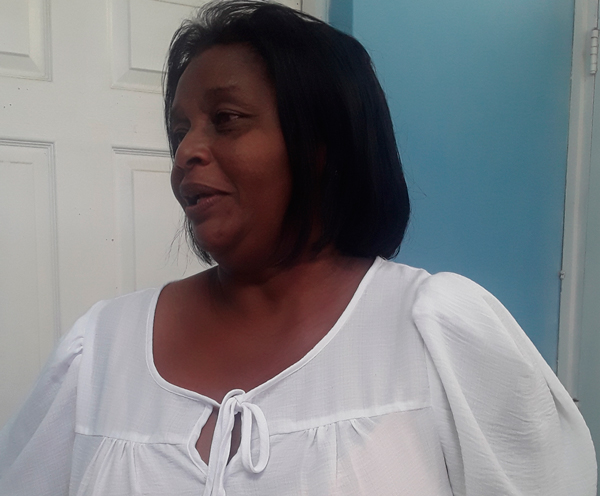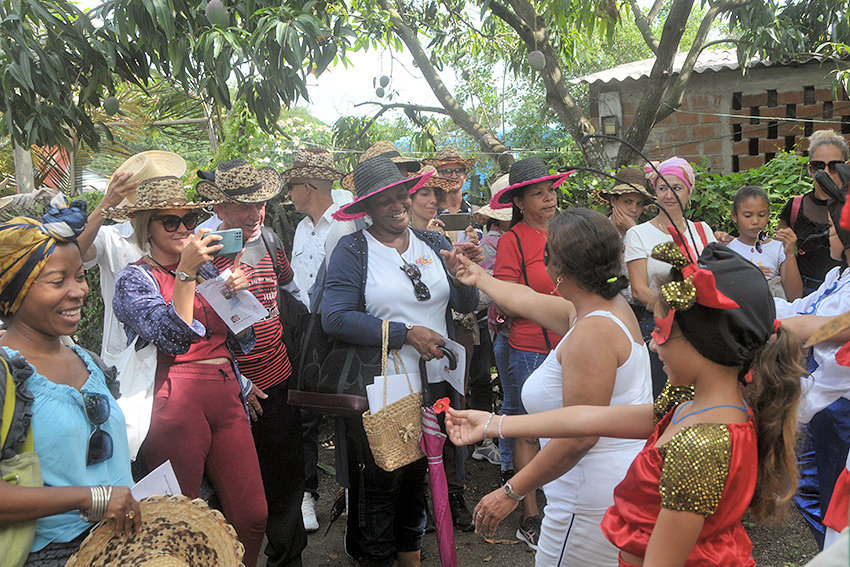
The Amateur Artists Movement (MAA in Spanish) is a necessary pillar for the development of different cultural processes. From anonymity, and free of charge, they spread good practices and qualities in institutions, intricate areas, and diverse communities. Their day was recently celebrated, but there is still much to be done to recognize the value of their multiple contributions to society.
Las Tunas, Cuba.- In this province alone, more than 90 percent of the programming comes from the Movement of Amateur Artists (MAA), spread over a total of 2,872 artistic units (of different age groups), according to Anaís Ray Haynes, director of the Provincial Center of Culture Houses (CPCC).
 Anaís Ray Haynes |
She is well acquainted with these endeavors and with total fortitude affirms: "I graduated in 1989 from the El Yarey School of Art Instructors and, without abandoning my profession, I have gone through various forms of work. I know that it is in the community where one finds respect and recognition. Our fans are always at your service.
"There, where there is no theater or institutions, the cultural promoters, the carrier groups, the art instructors, and different culturists, keep the programming alive. They have fixed spaces, they attend to the fundamental aspects of the cultural development program, and they work with children, young people, women, and people with disabilities... They defend authentic traditional culture, deepen values lost in society, are humble, and give the best of themselves in exchange for applause and recognition."
Las Tunas has 14 houses of culture (eight municipal and six communal) that, from their daily work, contribute to the cultural development of the population. Ray Haynes points out that music is an outstanding manifestation and, from each municipality -even without instruments and with other deficiencies-, it shows remarkable results. An example that illustrates its contribution as a talent pool is that many of the artists who are part of the music and show business Barbarito Diez owe their first steps to the MAA.
However, there are still many latent challenges. One of them is that "we must make our children listen to Cuban sounds, otherwise we will lose a crucial part of our identity."
These days, these sowers of good deeds are being honored through several initiatives; they deserve it. Guillermo Castillo (son) said well in verses about the nine lustra of the Casas de Cultura system: "Like a shining tree/ among the branches of art/ culture is distributed/ oxygenating the present/ from its plentiful source/ humanity is nourished/ and towards posterity/ the forty-five years/ of art in the community is heading towards posterity."






